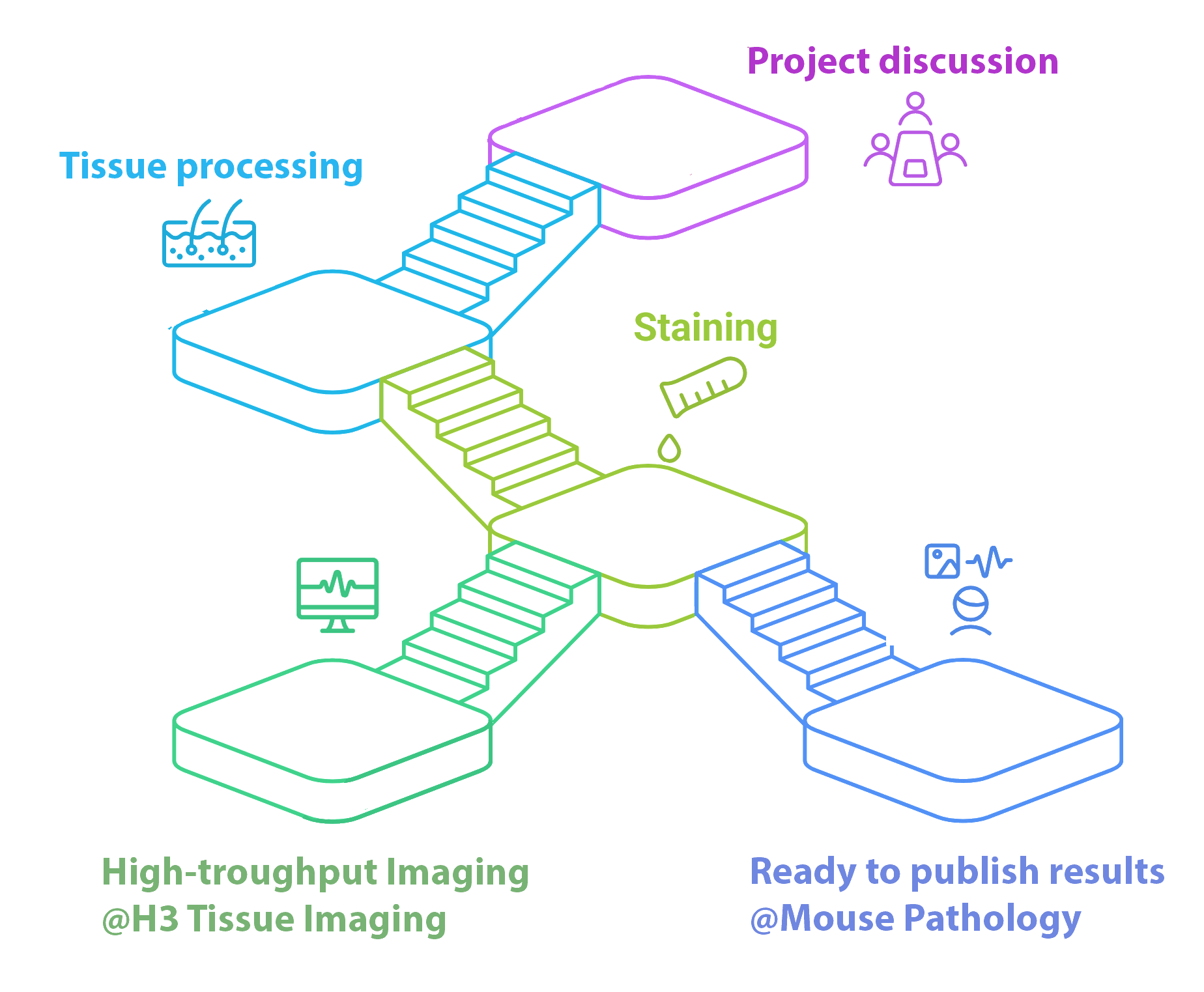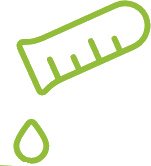At our Core Facility, two specialized labs – H3 Tissue Imaging and Mouse Pathology – work hand in hand to provide expert support in tissue processing, imaging, and analysis.
Tissue-based analyses are essential across research fields, from fundamental to clinical studies. Histology enables the identification of structures, cell types, and target proteins through immunohistochemistry, aiding in protein localization and expression analysis.
We ensure quality control at every stage—from sample preparation to data analysis—for reliable, reproducible results. Our project consulting supports study design, technology selection, and data interpretation to efficiently address your scientific questions.


































